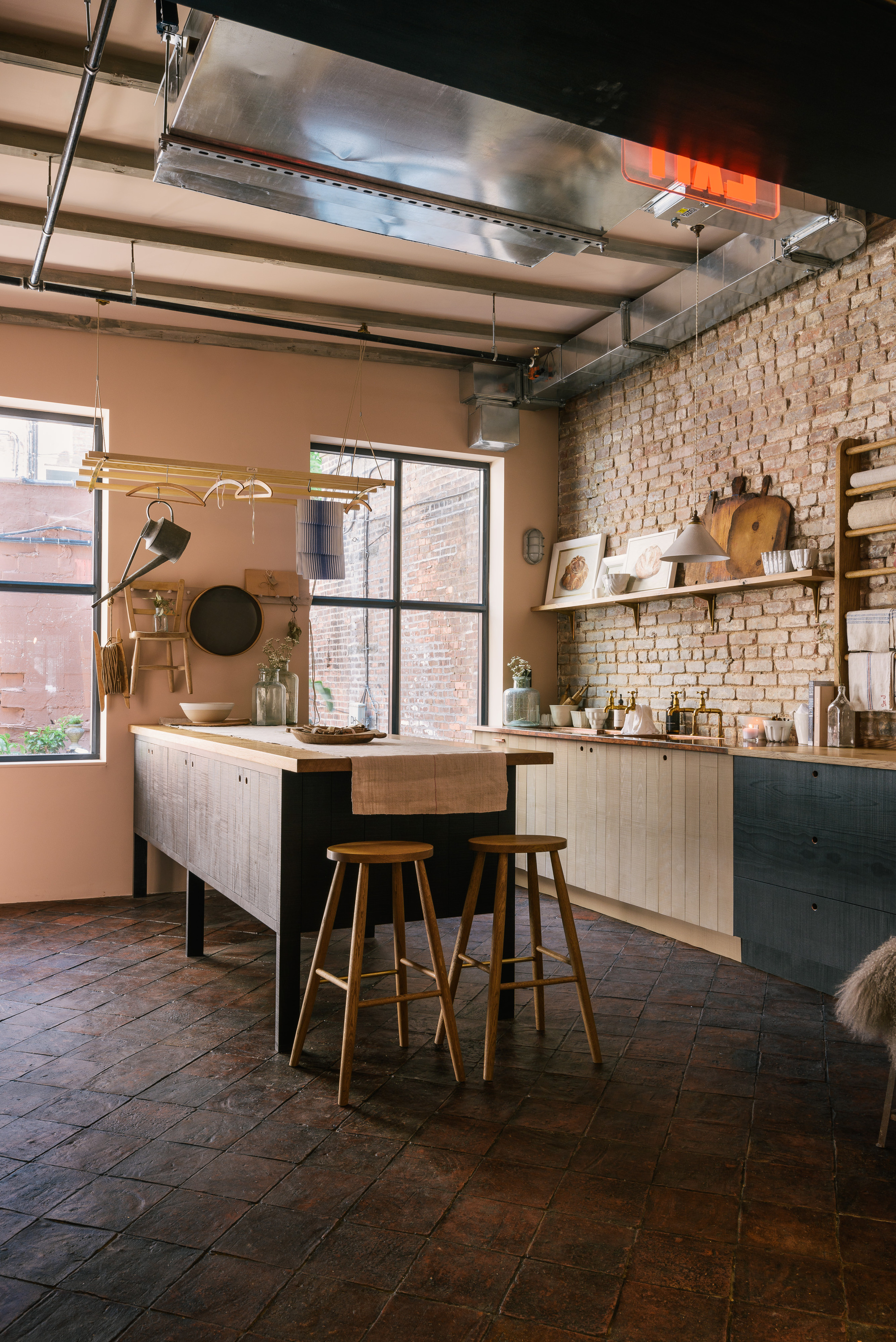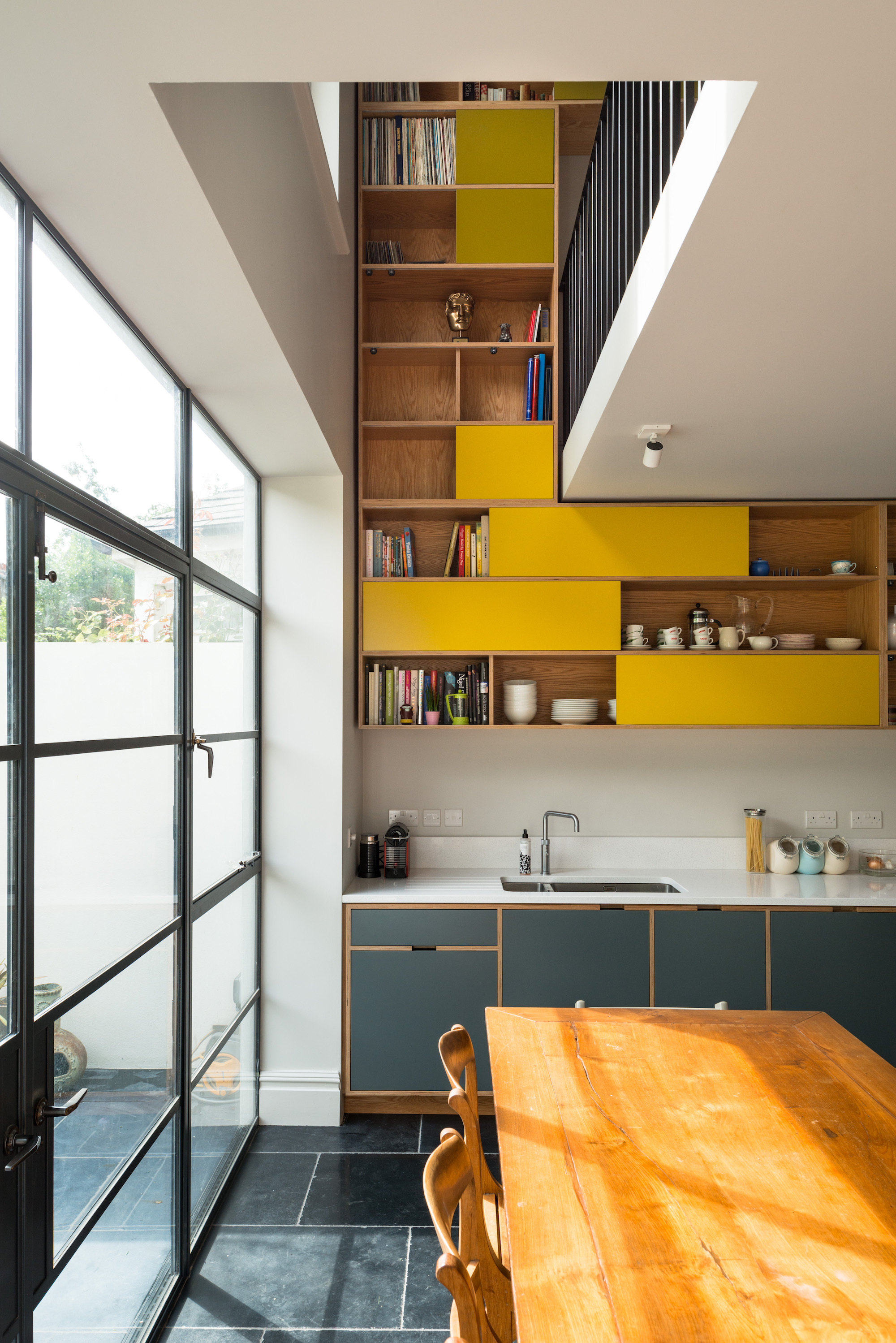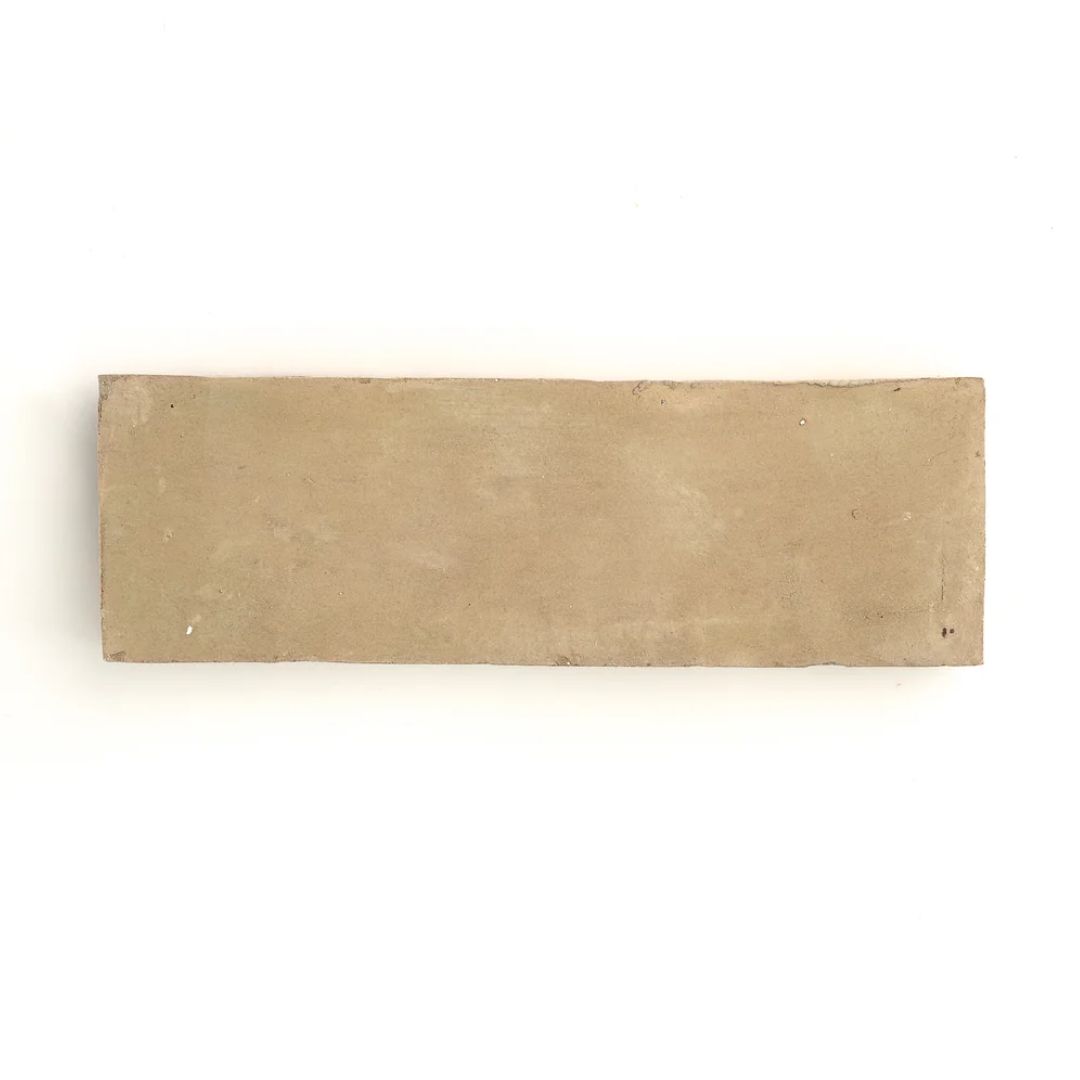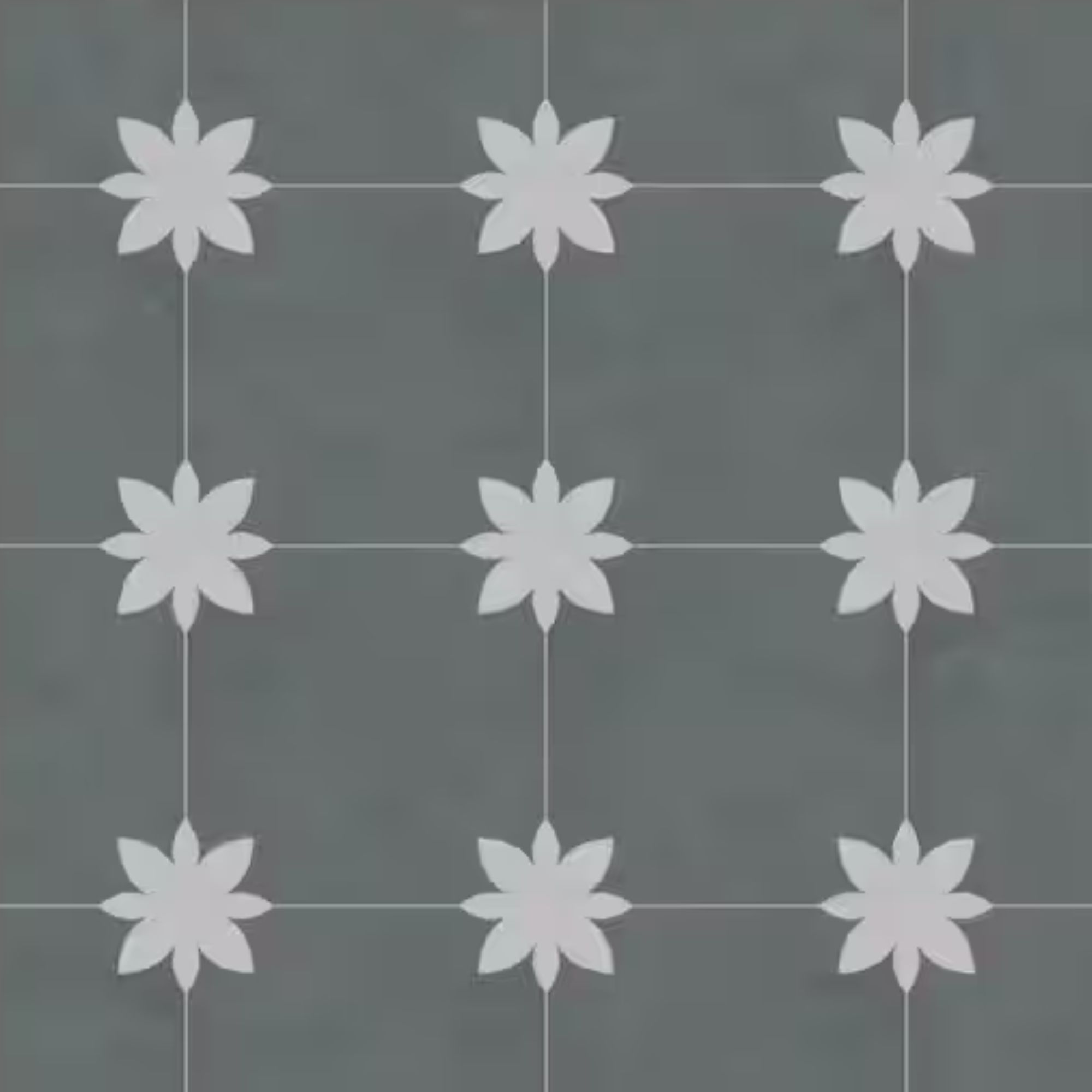9 Durable Kitchen Flooring Finishes That Interior Designers Swear Will Look Good for Longer
From polished concrete to peel-and-stick vinyl, these durable kitchen flooring options are as easy to look after as they are on the eye

Oonagh Turner

The most durable kitchen flooring needs to check a lot of boxes. It needs to be hard-wearing, long-lasting, and, of course, aesthetically beautiful. It's a permanent fixture that requires a lot of careful consideration, especially since investing in the right material will ensure your kitchen lasts a lifetime.
Thankfully, when it comes to finding the best kitchen flooring for your home, there are several options out there to choose from. It's important to look for surfaces that are water- and heat-resistant, easy to clean, and suit your own personal style — choices like tiles, natural stones, and wood.
Start by considering who uses your space, how many people are in the home, and what your budget is. Then, take a look at our thorough rundown below, where experts share the pros and cons of a range of different kitchen flooring options. Whether you love the look and feel of natural stone — cold on your feet, with a rustic aesthetic — or you're more partial to the Herringbone floors synonymous with Parisian apartments, these are the most durable kitchen flooring ideas to consider.
1. Hardwood

Hardwood flooring is an excellent option for your kitchen floor. It gives a luxurious and timeless finish, while also being durable, warm, stylish and water-resistant. It is not completely waterproof, however, and should be maintained with a proper finish to avoid moisture damage.
Within the range of wood kitchen flooring ideas, there are so many ways to make your wood floor unique. Think about the lightness of finish, lay patterns (from Herringbone to diagonal, or wide plank). Trend-wise, reclaimed, recycled and environmentally sustainable choices are also popular for hardwood flooring.
The kitchen shown above, by Studio Officina Architecture PLLC, is in a Brooklyn townhouse. The designers chose a narrow board red oak flooring to match the paneling of the home and give the space a more traditional look.
"We ran the wood flooring into the kitchen so that the open plan and dining room and kitchen area would all feel unified," they say. "We installed the new boards on the diagonal as a fresh and budget-conscious take on the historic Herringbone and parquet floors you often see in these old Brooklyn houses."
The Livingetc newsletters are your inside source for what’s shaping interiors now - and what’s next. Discover trend forecasts, smart style ideas, and curated shopping inspiration that brings design to life. Subscribe today and stay ahead of the curve.
People love incorporating wood in the kitchen, but it requires careful upkeep to maintain its appearance. Vinyl plank flooring has made significant strides in recent years, leaving behind the days of micro bevels and short planks. For the right project, vinyl can be an excellent solution for achieving a wood-like look.
2. Engineered Wood

Engineered wood has truly earned their place in modern kitchens. They're durable, have a classic, smart look, and "add character while remaining fairly easy to maintain and clean," says Grey Joyner, founder of Grey Joyner Interiors.
This kitchen flooring material is more stable than solid hardwood and less susceptible to changes in humidity and temperature. Engineered wood offers the same warmth and beauty as natural wood and does not warp as easily. And, as opposed to natural wood floors, it doesn't need to be sealed as frequently, either.
Engineered wood floors are also 20%-50% cheaper than solid hardwood, are easy to clean with a vacuum, are waterproof, simple to install, and are a more eco-friendly option. The only downside is that since they are constructed with only a thin layer of veneer, an engineered hardwood floor can only be sanded and refinished once before the core layer will become exposed. As such, if you want to remodel your kitchen in the future, it's likely the floor will need to be completely replaced.
3. Terracotta Tiles

A terracotta kitchen floor can give a real earthy and rustic look, while bringing warmth to the scheme, making for an excellent kitchen floor tile idea. Since the tiles are made of natural clay, they showcase variability in color and finish, adding that lovely, organic charm to the room.
For a long time, this material has been loved for its durability, as it stands up well to wear and tear in everyday life. Plus, terracotta tiles do not get damaged under heavy foot traffic or break due to fallen pots. "As long as the correct treatment is applied to terracotta tiles during installation, they are easy to maintain," explains Molly Cherry, flooring expert at Floors of Stone. "They will need to be re-waxed over time which eases the maintenance of the tiles." Once they're glazed and sealed, they also become naturally resistant to stains, mold, and bacteria.
But terracotta tiles will not serve you well if you don't seal them regularly. The main thing to remember is to treat the terracotta tiles with boiled linseed oil as well as either a clear or antiqued beeswax. Since these are naturally porous, without proper glazing, they can become vulnerable to water damage and staining.
4. Porcelain Tiles

Durable, reliable, versatile, and easy to clean, porcelain tiles are a great option for the floor of your kitchen, and often win in the ceramic vs porcelain debate. These tiles are amongst the best kitchen flooring because they're strong, hardy, and water-resistant; considerably more than ordinary ceramic tiles that are already quite durable. They're also able to handle heavy traffic, and can be quite budget-friendly, when compared to hardwood or even ceramic tiles.
One thing to be aware of while choosing any tile for your kitchen is your choice of grout color. "In a small space, I’d recommend avoiding contrasting grout and tile to reduce busy lines and enlarge the feeling of the room," says Mindy O'Connor, principal and founder of Melinda Kelson O'Connor Architecture & Interiors. "For ease of cleaning, a dark grout choice could be appropriate."
Another thing to consider is that since this material is quite hard, it can be slightly more brittle than standard tiles, which means it can be more susceptible to cracking. For this, Tamara Eaton, owner of Tamara Eaton Design, recommends opting for color-through porcelain tiles. "In kitchens, where heavy items occasionally fall, tiles can sometimes crack. If a pot or pan causes damage, having a color-through tile means the color remains consistent beneath the surface, making any chips far less noticeable," she says.
5. Ceramic Tiles

A ceramic tiled floor is another good option for your kitchen. It's a classic choice that looks elegant, sophisticated, and is quick to clean. There is a huge versatility out there in the world of ceramic tiles, too, with technology meaning you can even get a natural stone or wood-effect printed on your tile, or an aesthetically pleasing pattern, so you'll be able to find a style that suits your kitchen floor.
While this tile may not be the hardiest material, it is still considerably durable. Made from natural clay that has been shaped, glazed, and fired under extreme heat, these tiles are resistant to water and stains, and even to heat. In fact, ceramic tiles are fairly easy to care for and can last indefinitely without changing appearance or function. Plus, these are cost-friendly, and are available in many colors and patterns, making it a flooring that never goes out of style.
A drawback to be mindful of when planning your ceramic kitchen floor is that the tile can, of course, crack, and it can be quite cold and hard underfoot. Its installation is also labor-intensive and somewhat tricky; definitely not a DIY project for amateurs.
6. Natural Stone

Natural stones like limestone are great if you're looking to curate a rustic kitchen with a farmhouse vibe. It can look modern and traditional all at once, and is sleek yet excellent in terms of durability.
In this split section home, designed by MW Architects, the designer specified limestone stone flooring to tie the scheme together.
"Aesthetically, the client wanted a dark stone floor but one that had durability and more beauty than just slate," explains Melissa Robinson of MW Architects. "This is what this limestone did. It was run to the base of the house kitchen and down to the basement to ground everything."
7. Marble

As far as natural stone goes, a marble kitchen is the ultimate interiors dream for most homeowners. It is durable, beautiful and has an incredible quality, explains Molly Platts, of Floors of Stone, who created the marble flooring for the deVOL kitchen shown above.
"Marble is a beautiful material to go for in a kitchen space as there are so many beautiful details you find in marble tiles that you don't always get in other natural materials, such as strong veins and stunning quartz detailing," she says.
Marble tiles do need to be sealed like most natural stones, but this helps to prevent the tiles from staining. It is hard to say that nothing would ever stain marble tiles, but sealing them is the most important part to remember to help along their beauty.
8. Vinyl

Vinyl kitchen flooring is a great contender. This is an inexpensive material to install, and is great for busy kitchens that see a lot of family use — you can even go in for the peel-and-stick options that cost as little as $1 per square foot.
Vinyl is waterproof, pet-friendly, has many designs, and is easy to install. "Vinyl plank flooring has made significant strides in recent years, leaving behind the days of micro bevels and short planks," says interior designer Tamara Eaton. "For the right project, vinyl can be an excellent solution for achieving a wood-like look."
What's better, if you choose high-quality sheets, they can last up to two decades. The material, as compared to hardwood or stone, is softer and has a more padded underfoot texture, thanks to its layered composition.
The downside of this material is that since it's a single wear, it cannot be refinished. Once damaged it needs to be entirely replaced. It's also not the most eco-friendly material as it's made out of plastic.
9. Concrete

For an industrial and modern look in the kitchen, polished concrete flooring is a hard-wearing, easy-to-clean option that has gained popularity for its chic finish. The flooring is made from either raw or colored concrete which has been sealed for a non-porous surface.
You can install large concrete surfaces without joint lines, which makes them more aesthetically appealing, but also easier to clean. But maintenance is still required, as it can stain if you leave spills uncleaned for too long, however, on the whole it's very robust.
This polished concrete floor shown above was designed by William Tozer Associates, and subtly draws the outdoors, in. "Along with the full-height and full-width sliding doors, and the flush threshold, the continuity of the concrete floor from inside to out makes the kitchen and dining space feel like part of the exterior space, and vice versa," explains Adoracion Marco Vidal.
Due to the nature of the product, you can get variations in tone and color, as you would with a natural stone, but for a fraction of the price. It is also a great options if you're interested in installing underfloor heating, as it retains and re-radiates heat for an extended period of time. You do have to be careful with this though: "Concrete doesn't like a sudden temperature change," says Celine Erlam of Indie & Co, "so you are better off turning the heating on slowly or it may crack."
FAQs
What is the hardest wearing floor for a kitchen?
Amongst the floors that are extremely hard-wearing are concrete and natural stone. These are strong and resistant to breakage, water, and stains. Plus, these can give the kitchen a natural, warm look and can even last generations.
What type of flooring lasts the longest?
Amongst the flooring that lasts the longest is tile and wood. Both of these materials do not wear out, scratch, or stain, and are resistant to heavy impact and slips. In porcelain tiles that color doesn't fade easily either. Once wood floors are sealed, they become waterproof.
What type of floors don't work well in a kitchen?
One floor type that doesn't work specifically work for the kitchen is if you have a hardwood floor that is painted over. Given that the space is a high traffic zone, busy with people coming through the kitchen, any paint on the floor is likely to get easily scuffed.
Think carefully about what color you paint it too, a darker color like an inky blue or black will show up any spillages and gathered dust. You're better off taking the paint off, going for a high shine and sealed floor.
If you're having underfloor heating, you'll also have to be mindful of the type of flooring you use. Solid wood floors aren't suitable for underfloor heating, as they can warp and split with the changing temperatures.

Aditi Sharma Maheshwari started her career at The Address (The Times of India), a tabloid on interiors and art. She wrote profiles of Indian artists, designers, and architects, and covered inspiring houses and commercial properties. After four years, she moved to ELLE DECOR as a senior features writer, where she contributed to the magazine and website, and also worked alongside the events team on India Design ID — the brand’s 10-day, annual design show. She wrote across topics: from designer interviews, and house tours, to new product launches, shopping pages, and reviews. After three years, she was hired as the senior editor at Houzz. The website content focused on practical advice on decorating the home and making design feel more approachable. She created fresh series on budget buys, design hacks, and DIYs, all backed with expert advice. Equipped with sizable knowledge of the industry and with a good network, she moved to Architectural Digest (Conde Nast) as the digital editor. The publication's focus was on high-end design, and her content highlighted A-listers, starchitects, and high-concept products, all customized for an audience that loves and invests in luxury. After a two-year stint, she moved to the UK and was hired at Livingetc as a design editor. She now freelances for a variety of interiors publications.
- Oonagh TurnerFormer Livingetc Content Editor and Design Expert











